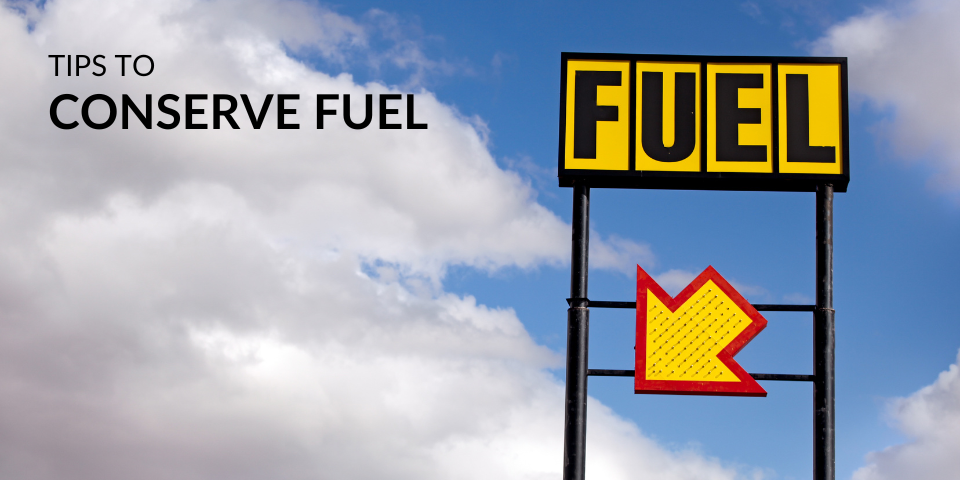Truck Topics

Tips to Conserve Fuel
In today’s world, those of us who are afforded the ability to work from home, usually don’t have too much to fret in terms of the continuously high cost of fuel. Simply put, those who get to work remotely typically don’t feel the need to worry about daily fuel costs. But for those who make their living on the road, (truckers, ride share and delivery drivers) the high cost to regularly fuel-up steadily eats into one’s daily living expenses. This is making things tough on everybody.
It’s no secret that fuel prices in the United States, and around the globe, are routinely hitting record highs on a consistent basis. One area that has undoubtedly been hit the hardest is right here in the commercial trucking arena. The cost to move while under a load, not to mention idling and dead-heading, is eating into the profits of drivers and carriers alike.
Thanks to the North American Council for Freight Efficiency, we have some much-needed advice in the form of tips that drivers can use to improve on their miles per gallon.
Smooth Out Your Acceleration
Fast and hard acceleration can waste fuel, plus it’s hard on the engine. Attempt to anticipate your acceleration points so you can use the appropriate amount of acceleration for any given situation.
Be Mindful of Your Speed
A general rule of thumb is that every mile per hour driven over 60mph reduces fuel economy by one-tenth of a mile per gallon. A truck that travels at 65 mph will experience a fuel efficiency increase of about 27% compared to a truck traveling at 75 mph.
Maintain a Constant Speed
Simple math: When you accelerate you burn more fuel. Continually slowing down, and then speeding up again, is a terribly inefficient way to drive.
Try to Avoid Harsh Braking
Every time your foot touches the brake pedal, you lose energy. Two of the best ways to cutdown on braking are to follow neighboring vehicles at an extended distance and anticipate changes in upcoming traffic.
Routinely Check Your Tire Pressure
Underinflated tires can result in decreased fuel efficiency, as well as increase the wear on the tires. A 0.5-1.0% increase in fuel consumption is regularly seen in vehicles running with tires that are underinflated by 10 psi.
Use (Tom) Cruise Control – AKA: No Need for Speed
Cruise control can help to maintain a consistent speed and avoid unnecessary accelerations and decelerations. Adaptive cruise is even better and should be utilized if your vehicle comes equipped.
Find Your Engine’s Sweet Spot
The sweet spot is the most efficient RPM at which you should run your engine. To hit that sweet spot you’ll have to drive at, and maintain, a consistent speed.
Minimize Your Shifting
If you’re not using automatic transmission, try to minimize the number of shifts you make. Every time you shift your engine, RPMs increase, and you burn more fuel. Try shifting to the next highest gear while you’re still at a low rpm.
Minimize Your Idling
A 10% annual reduction in idling is worth about 1% in fuel economy, which translates to about $300 to $500 per year at $3/gallon fuel prices and 100,000 miles per year. With the way fuel prices tend to fluctuate, those savings could potentially double.
Check the Condition of Aerodynamic Devices
Make sure any aerodynamic devices are in good condition. No dents, rips, tears, or dangling parts. Also, try to minimize the tractor-to-trailer gap.
Watch Your Interval
Try to keep an appropriate amount of distance between you and the vehicle in front of you, especially in regard to speed and road conditions. This will help to eliminate harsh braking.
Optimize Your Routing and Try to Reduce Out-of-Route Miles
Always try to take the shortest and quickest route available, with the least number of stops, to your destination. Plan ahead to try and avoid rush hour traffic.
Hopefully, these tips will help to ease some of the pain at the fuel pumps.
